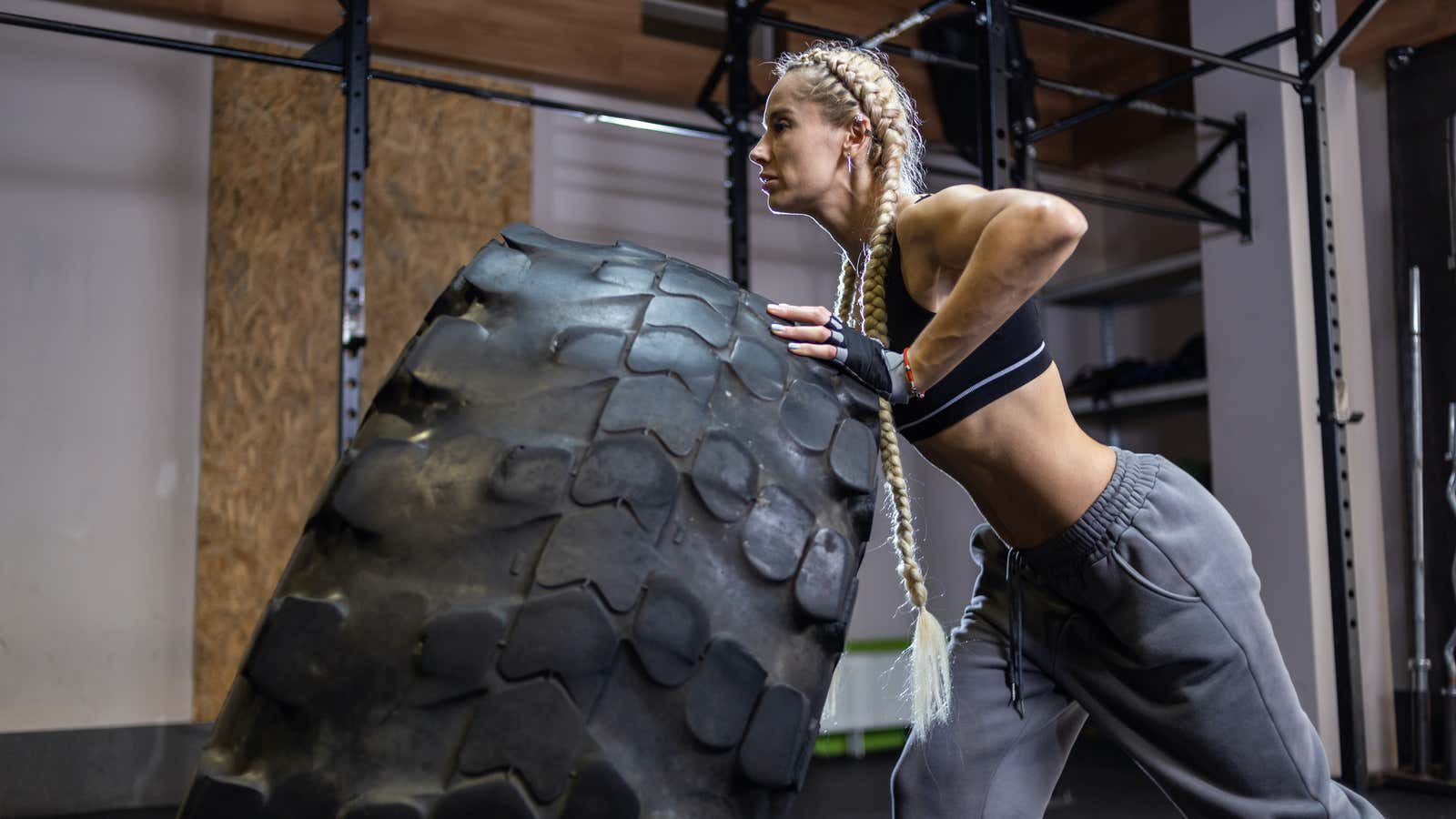How to Set Gym Goals Outside Heavy Weights

Just as speed isn’t the only way to make progress in running , adding weight to the bar isn’t the only way to make progress in your lift. There are many ways to measure the process of becoming stronger and more invigorating, so let’s discuss some ways in which you can set benchmarks for yourself along the way.
Lift more weight than your body size
If you are a small person or lose weight while exercising, viewing your weight on a barbell may not be the best way to determine if you are getting stronger. Smaller people tend to use lighter weights, which is why there are weight classes in every strength sport.
Let’s say a 100 pound person and a 200 pound person train together. If a smaller person can squat 150 pounds and a 200 pound person can squat 200 pounds, who is stronger? The larger person is stronger in the absolute sense as he moved 200 pounds instead of 150 pounds, and the smaller person is stronger in the relative sense as he squatted 1.5 times his own weight and the larger person squatted 1.0 times his own weight.
So if you’re shorter, don’t be discouraged if your larger gym mates move more weight than you do. And regardless of your height, as you lift weights, try to establish some benchmarks for relative strength. You can probably do deadlifts before you can squat with your own weight, and then, after that, you can try the bench press with your own weight. At the same time, your deadlift will increase 1.5 times, then 2.0 times, and so on.
Not only are these milestones fun to mark, but they also help you track your progress as you lose weight. If you could squat 200 pounds when you weighed 200 pounds, but after a long time in the gym, you could only squat 225 pounds, you might be disappointed; but if you’ve lost weight and now weigh 175, that means you’ve gone from 1.0 bodyweight squat to 1.29 bodyweight squat, which is a huge improvement.
Lift the same weight multiple times
You can progress by adding more weight to the bar, but you can also lift more by lifting the same weight several times.
Strongman competitors often use the same weights, and the prize goes to whoever lifts the same weight most often (often with a time limit of a minute or so). If I can do the deadlift three times and you can lift it ten times, you are stronger. Or check out the NFL Combine Bench Press Test : Players are asked to bench 225 pounds as many times as possible, with higher scores for those who can do more reps.
So when you work out in the gym and feel like you’re ready to try and set a personal best (PR), you can try max reps instead of PR for max weight. Can you squat 20 reps with a target weight? Can you do 100 non-stop push-ups?
As a bonus, teeth grinding more and more is a form of mental resilience training. You may want to stop, but is your body really giving up? Coping with pain or boredom can also be beneficial for mental coaching.
Do the same job in less time
In the same way that runners can do the same mileage in less time, when they get fit, you can lift more weight in less time as you get stronger and fit better.
If you usually sit and scroll on Instagram for ten minutes between squats , try setting a timer and resting for no more than five minutes. When it gets easy, set a timer for three or four minutes instead.
You can progress this way without changing your weight, as in a deep sea lifting program, which prescribes less rest time after a few weeks, or in Crossfit control workouts , which suggest that as you get better, you can do the same. most. amount of work in less time.
Or you can just remember your rest time during exercise and weight gain, and know that you are improving your working capacity as well as increasing strength.
Learn new exercises
If you’ve ever done the same three or five exercises, it’s hard to become a versatile athlete. But if you add something new to your routine, you’ll be the kind of person who can lift anything or do fun tricks at the party without even trying them before. For example, if you usually carry barbells, try sandbag carriers or tire rollers.
Even if your gym doesn’t have many options beyond the usual equipment, you can still find new variations on old favorites. Why not do a training cycle on front squats instead of back squats, or get a little weirder and do zero angle squats instead?
Each new exercise you learn gives you the opportunity to set new PRs (with weight, or reps, or any other metric of your choice), as well as providing you with a new training stimulus. All of these variations will help build a broad base of strength in the long run and may even make you stronger when you return to your regular exercises.